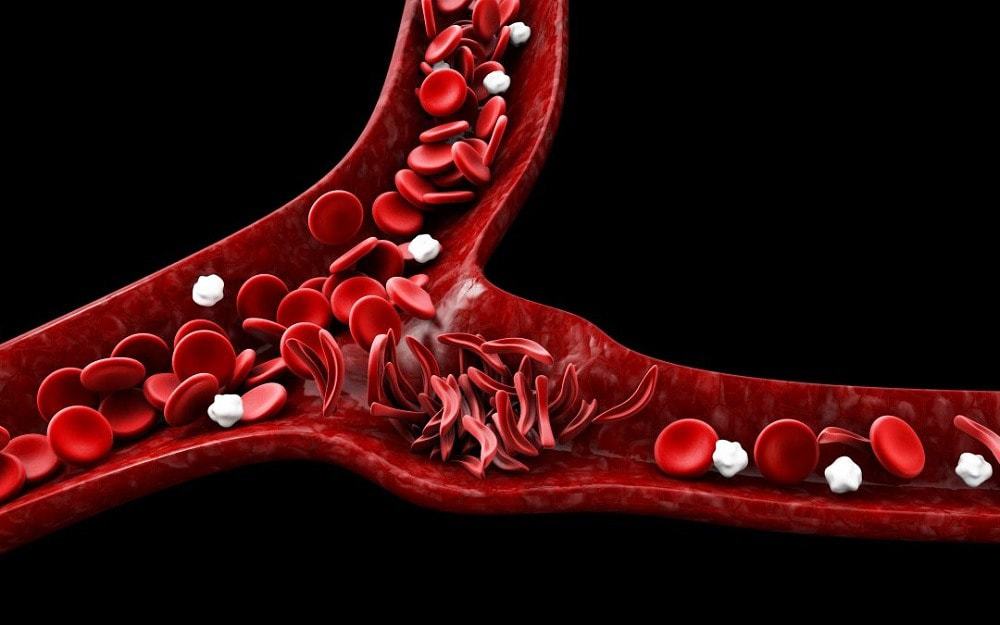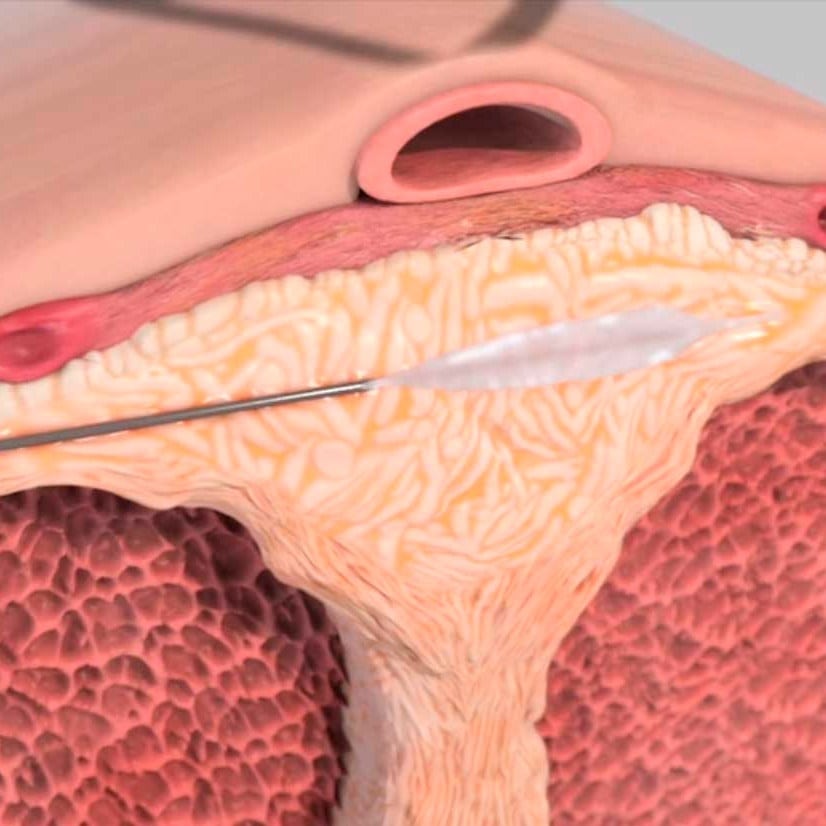10% Off COUPON CODE for New Customers: SAVE10
Sickle Cell Disease and Erectile Dysfunction, Priapism Risk
Erectile dysfunction (ED) has various causes. Some medical conditions can lead to poor erections or even impotence. Sickle сell disease (SCD) often leads to ED. This is one of the most unpleasant reasons for the weakening of male sexual power. Complications of this disease may be very harmful, in particular, they include priapism.
What Is Sickle Cell Disease?
Sickle cell anemia is an erythrocyte disorder associated with an inherited gene mutation. The body of an affected person does not have enough normal-functioning red blood cells to transport oxygen through the body tissues.
Round and flexible red blood cells transport normal hemoglobin A. SCD leads to the creation of hemoglobin S, which makes red blood cells brittle and sticky. They take the shape of a sickle or crescent.

This disease is exclusively hereditary. The disease is transmitted from parents who carry the defective gene (mutated β-globin gene). People from malaria-endemic regions (Africa, India) are at risk.
SCD has two types of consequences, which are associated with two negative signs of affected red blood cells. The first type is linked to the fragility of red blood cells and their non-ability to carry enough oxygen. This leads to anemia, and as a consequence to hepatitis and other infectious diseases. The second type of consequences is associated with increased stickiness of erythrocytes. They clog up small capillaries and blood vessels. This may lead to ulcers, aseptic necrosis, blindness, stroke, and priapism.
Priapism in Sickle Cell Anemia
Vascular disorders caused by SCD lead to blockage of blood vessels in the penis. This means that the blood cannot leave the male genital organ, keeping it in an erect state. This condition is called priapism.
Stagnant processes in the corpora cavernosa cause spontaneous erection, which is not associated with sexual arousal. Abnormal erection retention after intercourse is also a sign of priapism.

There are many causes of this disorder, but about 42% of SCD patients over the age of 18 suffer from priapism. Such men are faced with prolonged erection, which is accompanied by rigidity of the corpora cavernosa and decrease in arterial flow through the cavernous artery (or its absence). In this case, patients complain of pain in the penis. In addition, complete blockage of urination is possible.
If priapism is left untreated, unwanted erections can last for several days. Under such circumstances, the man runs the risk of getting irreversible erectile dysfunction.
Read our article: Is Viagra a Blood Thinner?
Priapism Risk: Erectile Dysfunction
ED in sickle cell disease patients is associated with the destructive consequences of priapism. Most men dream of stone-like erection. However, the long-lasting erection can become a real nightmare.
The pathophysiology of this disease is associated with a decrease in the bioavailability of NO, which is responsible for erection. Chronic hemolysis (rupturing of RBCs) in SCD leads to inhibition of nitric oxide and destruction of L-arginine. Under the action of nitric oxide, cyclic guanosine monophosphate (cGMP) is produced. It has a relaxing effect on the smooth muscles of the penis. Expansion of blood vessels and increased blood supply to the penis leads to an erection. If the initial NO chemical link disappears from this chain, then the chemical processes associated with arousal will not be able to provide a normal erection.
In addition, delayed treatment of priapism can have dire consequences of a physiological nature. Prolonged absence of blood outflow from the tissues of the penis can lead to cavernous fibrosis or necrosis and gangrene of the penis.
In case of fibrosis, there is an overgrowth of connective tissues in the cavernous bodies of the penis. Seals reduce the usable volume of the corpora cavernosa and their potential to fill with blood.
In case of gangrenous changes, the tissues of the penis do not receive the required amount of oxygen. This leads to their death. Subsequent processes are life-threatening because they can lead to blood sepsis.

An erection that lasts more than 2 hours indicates a problem. In this case, the man should immediately seek medical help. Studies have shown that 36 hours’ erection leads to impotence in 100% of occasions. Thus, priapism should not be treated as a possibility of prolonged intercourse. Risks associated with it are too high to be negligent about this problem.